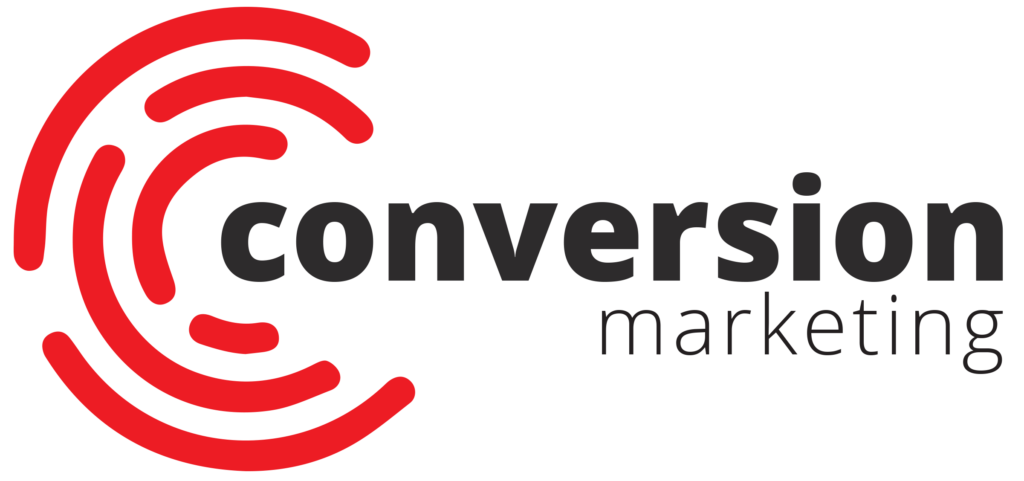
How to Effectively Follow Up with Debt Settlement Leads
Acquiring leads is a crucial aspect of any company’s success. However, the process of purchasing leads is only half the battle. To convert leads into clients, it’s important to follow up with them effectively. Let’s take a look at some of the best practices for following up with debt settlement leads.
Timing is Key
When acquiring leads via a data list, timing is critical. It’s important to follow up with acquired leads as soon as possible to increase the chances of conversion. Don’t sit on your lists because data can change quickly and it is not guaranteed that a person’s contact info will remain consistent forever. It’s important to prioritize acquired leads and follow up with them in a timely manner, ideally within the first 24-48 hours.
Personalization is Powerful
Personalizing your follow-up messages can make a big difference in whether or not a lead converts. Avoid generic, one-size-fits-all messages and instead tailor your follow-up communications to each lead’s specific situation. For example, if a lead has expressed interest in debt settlement for credit card debt, make sure your follow-up message addresses their specific concerns and offers a solution that is relevant to their needs.
Get Clear on Your Targeting
There are different types of debt leads, so its important to get clear on which type you are looking for. Here are some examples
- Credit Card Debt Leads
- Unsecured Debt Leads
- Debt consolidation Leads
- High quality Debt Leads
- TCPA Debt Leads
- Opt-in Debt Leads
- DNC scrubbed Debt Leads
Provide Value
In addition to personalization, your follow-up messages should also provide value to the lead. This can include helpful resources, such as blog posts or whitepapers, that provide more information on debt settlement and how it can help the lead. By providing value, you establish yourself as a helpful resource and build trust with the lead.
Stay Persistent
Following up with a lead just once is unlikely to result in a conversion. It’s important to stay persistent and continue to follow up until the lead either converts or explicitly states that they are not interested. A good rule of thumb is to follow up at least five times over the course of several weeks. Be sure to vary your follow-up messages so that the lead doesn’t feel like they are receiving the same message over and over again.
Use Automation
Following up with leads can be time-consuming, especially if you have a large volume of leads. One way to streamline the follow-up process is to use automation. Marketing automation tools can help you create drip campaigns that send out based on a preset schedule. In addition, you can add additional triggers and flows based on how your leads interact with. your email marketing.
Following up with debt settlement leads is a critical step in converting them into clients. By following the best practices outlined above, you can establish yourself as a helpful resource and build trust with your leads. Remember to follow up promptly, personalize your messages, provide value, stay persistent, and use automation to streamline the process. With these tactics, you can increase your chances of converting leads and growing your business.



